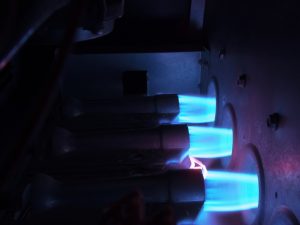 Furnaces of the past had a lot of issues in terms of home safety. Unfortunately, it was once all-too-common for a fire to break out due to a furnace malfunction, or a carbon monoxide leak to make people ill. Today, as you might expect, modern engineering has led to a much safer furnace.
Furnaces of the past had a lot of issues in terms of home safety. Unfortunately, it was once all-too-common for a fire to break out due to a furnace malfunction, or a carbon monoxide leak to make people ill. Today, as you might expect, modern engineering has led to a much safer furnace.
Remember that anytime natural gas is used in an ignition system, there is a risk associated. However, modern safety switches within furnaces make it far less likely that something like an explosion or leak could occur. Combine this with routine professional inspections of your heater, and you can feel at ease. Read on to learn more about the switches inside your gas furnace that keep you safe and protect the system.

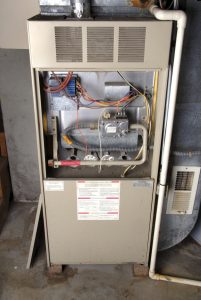 Think about the last time you had to repair a car at an inconvenient time. You might have been driving when a maintenance light turned on, or you may have heard an odd sound right before a big trip. Afterward, you may have realized that preventative maintenance could have saved you the trouble.
Think about the last time you had to repair a car at an inconvenient time. You might have been driving when a maintenance light turned on, or you may have heard an odd sound right before a big trip. Afterward, you may have realized that preventative maintenance could have saved you the trouble. When you live in a cooler climate, you need a home heating system that packs a punch. Whether or not you’re in the market for a brand-new heater, we want to make sure you know about all of the options that can ensure your HVAC system (heating, ventilation, and air conditioning) is ready for the chilly weather still yet to come.
When you live in a cooler climate, you need a home heating system that packs a punch. Whether or not you’re in the market for a brand-new heater, we want to make sure you know about all of the options that can ensure your HVAC system (heating, ventilation, and air conditioning) is ready for the chilly weather still yet to come. 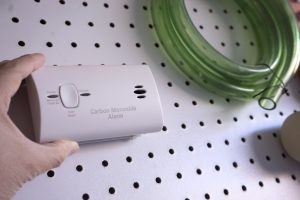 When you picture the job description of a heating technician, you probably consider that the primary job responsibilities are to know how to install and repair a furnace or AC system. But our training goes beyond this in some important ways. Heating technicians also function as safety advocates and preventative maintenance techs. And carbon monoxide (CO) is one of the biggest concerns of any HVAC technician.
When you picture the job description of a heating technician, you probably consider that the primary job responsibilities are to know how to install and repair a furnace or AC system. But our training goes beyond this in some important ways. Heating technicians also function as safety advocates and preventative maintenance techs. And carbon monoxide (CO) is one of the biggest concerns of any HVAC technician.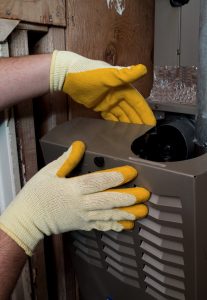 Your furnace has been running smoothly for many years. You don’t expect to run into any problems this winter either, but a sudden system breakdown can occur at an unexpected time. Often, your furnace is presenting subtle signs of failure, even if it still keeps your home warm and toasty. It’s important to pay attention to these signs and to never delay repairs so that your furnace operates smoothly and safely for the season to come.
Your furnace has been running smoothly for many years. You don’t expect to run into any problems this winter either, but a sudden system breakdown can occur at an unexpected time. Often, your furnace is presenting subtle signs of failure, even if it still keeps your home warm and toasty. It’s important to pay attention to these signs and to never delay repairs so that your furnace operates smoothly and safely for the season to come. You don’t always know something is wrong with a system or a part of your property until it’s too late. For example, you might not know a tire has gone bad until it blows out while driving. You may not realize the roof is developing a leak until it rains. These are things you want to prevent as much as possible, and for the most part, you can. Most people take their cars into the mechanic for regular inspections and tune-ups and many clean out their gutters while checking for leaks in the spring and before storms.
You don’t always know something is wrong with a system or a part of your property until it’s too late. For example, you might not know a tire has gone bad until it blows out while driving. You may not realize the roof is developing a leak until it rains. These are things you want to prevent as much as possible, and for the most part, you can. Most people take their cars into the mechanic for regular inspections and tune-ups and many clean out their gutters while checking for leaks in the spring and before storms. Many of us practice simple ways to save energy, fuel, and water every day. This includes things like turning off the lights when you leave a room, shutting off the water when you brush your teeth, and shutting down electronics that aren’t in use. In addition, you might have ways to reduce energy usage when it comes to your heating and air conditioning equipment, like turning the thermostat to an efficient temperature when it is not in use, and regularly changing the air filter.
Many of us practice simple ways to save energy, fuel, and water every day. This includes things like turning off the lights when you leave a room, shutting off the water when you brush your teeth, and shutting down electronics that aren’t in use. In addition, you might have ways to reduce energy usage when it comes to your heating and air conditioning equipment, like turning the thermostat to an efficient temperature when it is not in use, and regularly changing the air filter.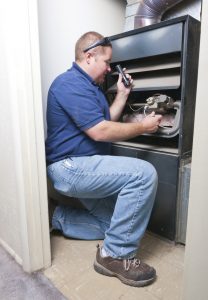 Our technicians are always happy to help when someone in our service area needs furnace repair. But sometimes, we get calls from homeowners who, quite frankly, could’ve saved themselves the trouble!
Our technicians are always happy to help when someone in our service area needs furnace repair. But sometimes, we get calls from homeowners who, quite frankly, could’ve saved themselves the trouble!